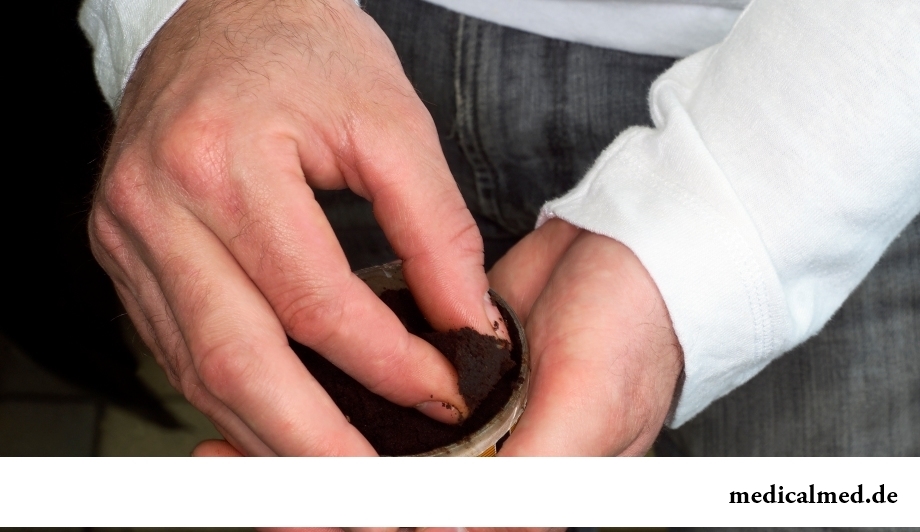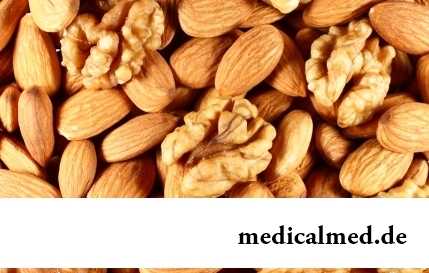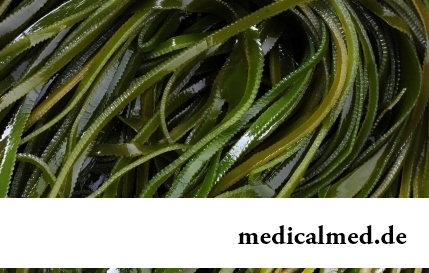





Snuff tobacco
Snuff tobacco – the tobacco leaf which is dried up and crushed to a powder consistence for a smokeless direction of use. Snuff tobacco is produced by a mastication of a tobacco leaf and a stalk in powder. Powder mix can be added with various fragrances: lavender, orange flower, peach, cinnamon, etc. As a rule, snuff tobacco is used in the traditional way – by inhalation of the small allocated portion of tobacco through a nose. Snuff tobacco mixes make the same impact on a human body, as well as traditional cigarettes.

From history of snuff tobacco
The first references of snuff tobacco meet in the American literature describing the Indians inhaling powder. The first documentary descriptions of the use of snuff tobacco belong to the 15th century: the monk Raymond Paine for the first time described the procedure of the use of a snaff. Snuff tobacco quickly found popularity around the world. Physicians of that time emphasized curative properties of tobacco snuff mix. It was necessary that with its help it was possible to cure an ulcer, and also many respiratory diseases.
The name of Jean Nicko is closely connected with history of development and promoting of snuff tobacco. The curious researcher and the scientist was engaged in cultivation of tobacco and made various experiments, studying its curative effect. So, it applied the crushed sheet of tobacco to treatment of skin diseases, inflammatory processes. He recommended to Ekaterina Medici who had migraines to inhale snuff tobacco as remedy. According to Jean Nicko's instructions, the queen had to put a powder pinch in a nose, and the sneezing arising at the same time and mucifying had to have the "facilitating" effect, thereby saving the queen from a headache. Snuff tobacco was to the taste to it. This fact promoted considerable distribution of tradition to smell tobacco for "simplification of the head". The fashion for snuff tobacco held on nearly two centuries. The opinion that snuff tobacco has a number of curative properties exists and today. Now scientists look for ways of use of nicotine in treatment of some diseases. So, the main developed direction is bringing in an organism of the smoker of nicotine alternative paths for treatment of nicotine addiction. Also influence of nicotine as sedative, excipient in treatment of psychological frustration and Alzheimer's diseases, Parkinson, a syndrome of deficit of attention and other is studied.
Snuff tobacco: effect on a human body
Recently snuff tobacco is positioned as means of fight against smoking. New terminology "smokeless tobacco", "not smoking tobacco" misleads the consumer. Tobacco remains tobacco, regardless of a form of its use: chewing, smoking, inhalation through a nose.
Tobacco is a source of nicotine which in turn belongs to strong psychoactive agents and is the most powerful neuro and Cardiotoxinum. The researches conducted worldwide established that snuff tobacco is so toxic, as well as smoking tobacco mixes, it creates the same nicotine addiction at the person, making heavy impact on an organism.
It is necessary that the use of snuff tobacco, the effect of which is many times stronger, than from inhalation of smoke during smoking of a cigarette, less harmfully, than a traditional "smoking" way of its use. Owing to the fact that snuff tobacco does not give in to heat treatment in the course of its use pitches which cause additional damage to an organism are not formed.
Actually, to regard impact of nicotine on an organism as less defective or dangerous in a root it is not correct. Nicotine, being soaked up in blood through mucous membranes of a nasopharynx and being carried with a blood flow on all organism, quickly gets into a brain. Snuff tobacco, effect of which use occurs within 1-2 minutes after inhalation of a dose, is dangerous not only by the impact on TsNS, but also damage of mucous membranes. The constant use of snuff tobacco, the effect of which, than from traditional smoking of tobacco mixes, leads longer to chronic inflammatory processes of mucous membranes of a nasopharynx. The effect after the used dose of snuff tobacco remains on an extent of 15-20 minutes.
Snuff tobacco: harm, formation of nicotine addiction
Snuff tobacco mistakenly is considered palliative means in fight against smoking. Really, the use of snuff tobacco reduces desire of the person to smoke a cigarette, but the mechanism remains the same. The organism receives the same dose of nicotine, only in a different way.
Snuff tobacco which harm from the use not smaller, than from traditional cigarettes, develops the same nicotine addiction which is characterized by the following signs in an organism:
- Manifestation of insuperable desire to use the following dose of tobacco for achievement of the invigorating effect;
- Change of psychological state of the person;
- Development of an abstinence syndrome at the substance use termination.
The constant use of snuff tobacco increases risk of development of cancer diseases of an oral cavity and nasopharynx. Regular influence of nicotine aggravates the course of chronic diseases, reduces therapeutic effect of some medicines. The constant irritation of mucous membranes of a nasopharynx fine particles of tobacco dust promotes formation of polyps and their regeneration in malignant forms. Tobacco dust, settling on mucous, causes allergic reactions in an organism.
Particles of snuff tobacco get not only on mucous a nose and into airways, but also get into a gullet, a stomach, reaching intestines. In rare instances the use of snuff tobacco can cause enteritis, a duodenitis, gastritis.
Snuff tobacco from which harm is obvious, and to non-smoking people around is not less dangerous. So, the tobacco dust spreading in air leads to passive inhalation. Become result of such use of snuff tobacco mix:
- Deterioration in respiratory functions;
- Irritation of a mucous membrane of eyes;
- Increase of a rhythm of heartbeat;
- Increase in arterial pressure;
- Congestion of a nose or rhinitises;
- Irritability, headache, sleep disorder;
- Appetite loss, nausea;
- Irritation in a throat, cough.
In rare instances passive inhalation of tobacco dust non-smoking can lead to development of heart troubles, asthmas, emphysemas of lungs.
More than 500 million dollars a year are spent for allergy medicine only in the USA. All of you still believe that the way to finally win against an allergy will be found?

For the help to doctors in the choice of optimal solutions for treatment of various diseases the Cochrane scientific organization (Cochrane) will see off совм...
Section: Articles about health
Statistically, in Russia about 34% of citizens smoke. Most of consumers of tobacco has problems with health sooner or later. Not only smokers, but also their relatives suffer. Besides, cigarettes are expensive, and need of their acquisition heavy bry...
Section: Articles about health
You are office worker, the driver, the fan of winter sports or do not think of life without bicycle? You lead a slow-moving life and you move on the city only on the car? You have no constant partner and you do not love the protected sex? Attention! You unambiguously are a potential target for prostatitis. It is not necessary to panic, it is necessary to work....
Section: Articles about health
Traveling all over the world, many try to try the most exotic dishes of national cuisines. Exists even so-called died away...
Section: Articles about health
Popular joke that there are no healthy people, and is nedoobsledovanny, most of us considers an honest truth, continually it is necessary to hear that all of us are sick hardly from a school bench. It is hard to say, whether so it actually because...
Section: Articles about health
For the last decades the diabetes mellitus of the second type became really world problem. The number of cases annually increases, and average age of patients for whom the illness is diagnosed, steadily decreases. Specialists consider that one of the main reasons for this trouble is disturbance of a diet. In other words, the huge number of people regularly overeats or excessively is fond of the products causing glucose exchange process failures....
Section: Articles about health
The cosmetics intended for improvement of a condition of skin, nails and hair are used by each woman. Expenses on регуля...
Section: Articles about health
Frosty air, fresh wind and easy snowball at most of Russians are associated with cheerfulness, health and cheerful entertainments on which our winter is so generous. But, unfortunately, cold season sometimes brings also troubles with health. It is not about a season...
Section: Articles about health
Physical activity is necessary for normal functioning of a human body. At a lack of the movement joints cease to function, muscles atrophy, cardiovascular activity is broken and the metabolism worsens. The modern city rhythm of life does not provide the person with an adequate exercise stress, additional - sport is necessary. Tedious tasks the huge number of the people having those or ин exists sport not all to liking, but also...
Section: Articles about health
The phenomenon of the panic attack is known long ago, but the reasons of its emergence still are up to the end not found out. It is established that more than 30%...
Section: Articles about health
Among a set of the perfumery and cosmetic goods which are released today the special group is made by the means containing antibacterial components. Such types of gels, shampoos, soaps, creams, lotions and other products are positioned by manufacturers as a panacea...
Section: Articles about health
The advantage of swimming for the person is so high that this sport is not only the most popular, but also is widely applied in medicine and rehabilitation processes. If you look for for yourself the occupation allowing pleasantly and to spend time, then swimming with advantage – the fact that it is necessary for you. And give learns several facts about swimming....
Section: Slideshow
Cystitis, or inflammation of a mucous membrane of a bladder, this very widespread disease, which, owing to some persons...
Section: Articles about health
About 10-15 years ago existence of the computer in the apartment of the Russian was considered as a rarity and office rooms were only at the first stage of equipment by these useful devices. Today practically in each house there is a computer (and often not one), and to constants...
Section: Articles about health
Shops of household appliances offer us the huge choice of various devices for the house. Whether there are among this abundance devices which not only facilitate house work, but also help to keep health of the person? Of course, and we will tell about them today....
Section: Articles about health
Small appetite at the child – the complaint which pediatricians should hear practically from each mother. Most often it is carried to разр...
Section: Articles about health
For residents of the countries of Southeast Asia various algas are an obligatory component of a daily diet. Their popularity is connected not only with high tastes, but also with numerous curative properties. Russians are a little familiar with...
Section: Articles about health
Healthy lifestyle today in fashion, and many parents think of that the child from the early childhood played sports. Trainings will help it to become strong and hardy, will improve coordination of movements, and also will exert positive impact on mentality: it will become more collected and purposeful....
Section: Articles about health
Each person knows that fervescence is an illness sign. However about existence of diseases can to suite...
Section: Articles about health
Each failure in work of bodies and systems of a human body is, as a rule, shown by the whole complex of symptoms. In particular, malfunctions with health often cause emergence of cosmetic defects in the form of rashes on a face. Experienced doctors know that локализац...
Section: Articles about health
From the failure of work of immune system which is shown in the form of an allergy, statistically, more than 40% of the population of the globe suffer. In most cases pathological reactions cause the substances which are contained in food stuffs, hair of animals, medicines, goods of household chemicals, cosmetics, pollen of plants, etc. On the one hand, the disease such is capable to spoil quite thoroughly to the person life....
Section: Articles about health
Doctors claim that the people not so familiar with a dorsodynia occur among adult Russians very seldom. At the same time подавляющ...
Section: Articles about health
All parents are ready to what the baby often and pisat much. Since then, as the absorbing diapers strongly became current, keeping of the kid in dryness does not represent any problems. But if the grown-up kid continues to urinate in panties, parents of a nacha...
Section: Articles about health
Musicotherapy – a treatment method which caused and causes a set of a controversy concerning its efficiency. However the facts are relentless: during the numerous researches curative impact of music on an organism was scientifically confirmed. Since then in a number of the countries the technique is included complex therapy of diseases of cardiovascular and respiratory system, dorsodynias and a backbone, psychosomatic disturbances and many other illnesses. The musicotherapy in a pedi is especially widely applied...
Section: Articles about health
Summer in the heat. Many are going to spend vacation abroad. Travelers the tender seas, rest on beaches wait, for survey достоп...
Section: Articles about health
It is pleasant to state a possibility of improvement of quality of life of people with problems of functioning of secretory system. Efforts of talented inventors created products which will be able to provide normal life activity of clients with moderate degree for...
Section: Articles about health

